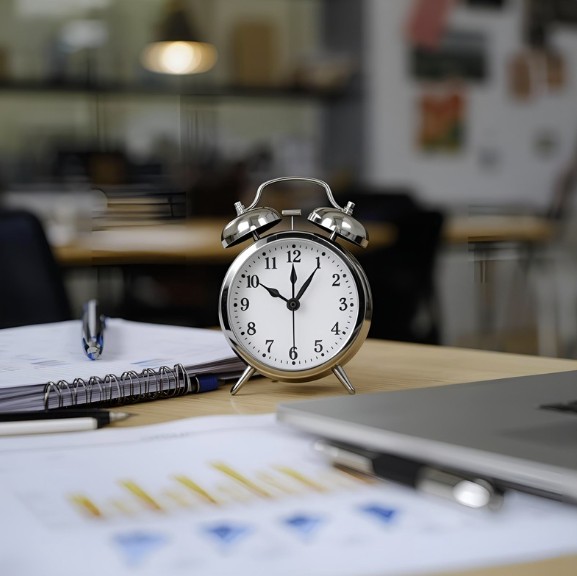
The Architect’s Tightrope: Navigating Liability in the Prompt Payment Era
You’ve just certified a payment application for a major project. Your signature, once a routine administrative task, now carries immense legal weight. Under Canada’s new prompt payment legislation, that certificate of payment triggers a strict, cascading payment deadline for everyone on the project. The problem? You’re also responsible for certifying a project’s status to enable the release of a lien holdback, a separate legal process with different timelines.
Welcome to the architect’s new tightrope. The traditional role of the Contract Administrator has been transformed by two powerful legal forces: the long-standing lien holdback and the new, mandatory prompt payment legislation. Together, they create a complex administrative environment that, if not managed meticulously, may expose architectural firms to significant legal and financial risks. It’s no longer just about design; it’s about a new era of proactive risk management.
Section 1: The Administrative and Legal Burden of the Lien Holdback
The lien holdback, typically 10% of all payments, has long been a cornerstone of Canadian construction law, acting as a mandatory safety net to protect subcontractors, suppliers and Owners from non-payment.
For the architect (or Prime Consultant), this system places a key legal duty:
- Financial Gatekeeper: Your signature on a Certificate for Payment not only approves the value of work completed but confirms the statutory holdback has been correctly calculated and deducted.
- The Holdback Release Trigger: Another important administrative task is certifying Substantial Performance (or Ready for Takeover). Your signature on this certificate triggers the start of the holdback release period (which varies by province).
- The Double-Payment Risk: Advising an owner on a premature holdback release—or making an error in tracking the legally defined holdback expiration date—can expose the Owner (and, by extension, the Certifier) to the risk of having to pay the outstanding holdback amount twice if a valid lien is filed afterward. Tracking these non-standard deadlines across multiple trades and projects can be tricky.
Section 2: Prompt Payment: The Clock That Now Controls the Project
In an effort to improve cash flow across the construction industry, provinces across Canada are implementing prompt payment legislation. These new laws mandate rigid payment deadlines, fundamentally changing the risk profile of every Contract Administrator.
The progress claim is now the starting gun for a legally binding payment race. Any delay in your review or certification—even a minor one—could be cited as a direct cause of a payment delay, immediately drawing the consultant into the conflict.

The West Coast Shift: British Columbia Joins the Prompt Payment Era
The national movement towards prompt payment continues its spread, recently reaching the West Coast. With the introduction of Prompt Payment Legislation in British Columbia, the requirements that first transformed the industry in provinces like Ontario and Alberta are now legally required for projects in BC.
- Mandatory Timelines: The BC legislation introduces strict payment periods that start upon the submission of a proper invoice, creating a cascading deadline down the payment chain.
- Adjudication: The law includes a fast, low-cost interim dispute resolution mechanism (adjudication). This means payment disputes can be resolved in weeks, not years, but it also increases the velocity of disputes—and the scrutiny of the underlying administrative paperwork.
- The Consultant’s New Risk: For Prime Consultants in British Columbia, this mandates an immediate increase in administrative precision. Your certification deadlines are no longer aspirational; they are statutory. Non-compliance, late payment certificates, or errors in notices could rapidly accelerate administrative actions into formal, legally binding disputes.
Section 3: Mitigating Administrative Risk with Technology
The manual management of these parallel, high-stakes legal processes using scattered PDFs and spreadsheets is simply unsustainable and no longer compliant with best practice. The administrative workload and legal exposure demand a digital solution.
This is where purpose-built contract administration software transforms your practice, serving as a crucial liability shield.

- Automated Compliance and Audit Trails:
- A robust platform like RForm automates the complex interplay between legal deadlines. It automatically calculates and tracks the statutory holdback amounts.
- The software creates an unchangeable digital audit trail for every payment certificate, decision, and communication. If a payment dispute or lien action ever arises, you have immediate, clean, and complete documentation to defend your certification timeline.
- Unifying Financial Documents:
- RForm ensures that the Schedule of Values (SOV) and all associated financial forms (Change Orders, Change Directives) are centralized and correctly linked to the Certificate for Payment.
- This eliminates manual transcription errors and ensures the holdback calculation is always based on the current, adjusted contract price.
Conclusion: Protecting Your Practice, One Certificate at a Time
The implementation of Prompt Payment legislation across the country, now extending to British Columbia, marks a permanent and necessary evolution in the construction industry. While this new compliance environment presents challenges, it offers a distinct opportunity for Prime Consultants to solidify their role as essential project risk managers.
By mastering this administrative complexity with the right tools, you gain control, reduce liability, and ensure your time is spent on high-value design and project oversight, not administrative damage control.
Ready to protect your practice and regain control of your project administration? Visit RForm.ca to learn how their software can be the digital shield your firm needs to navigate these new legal realities with confidence.

